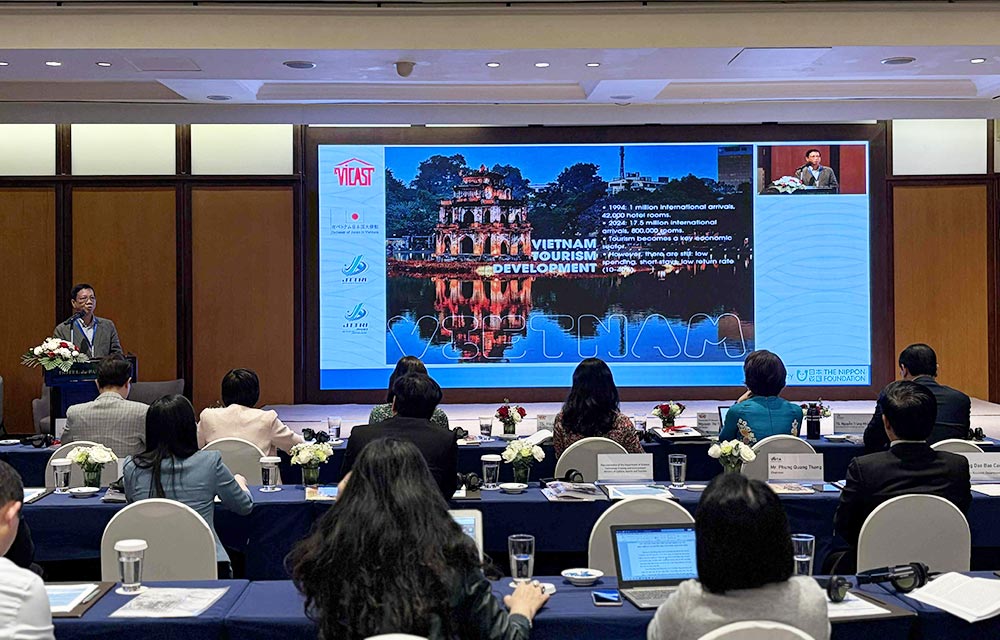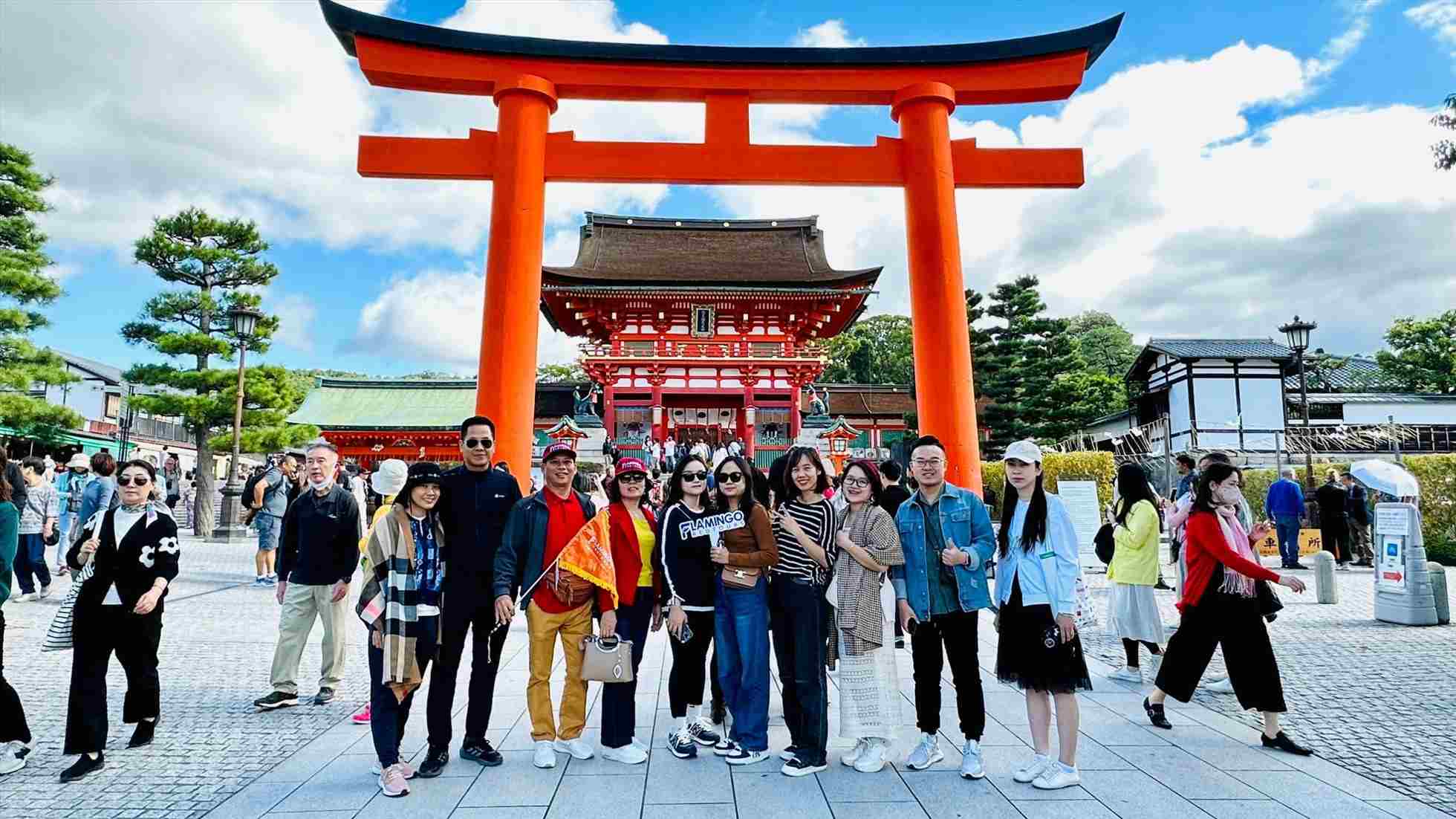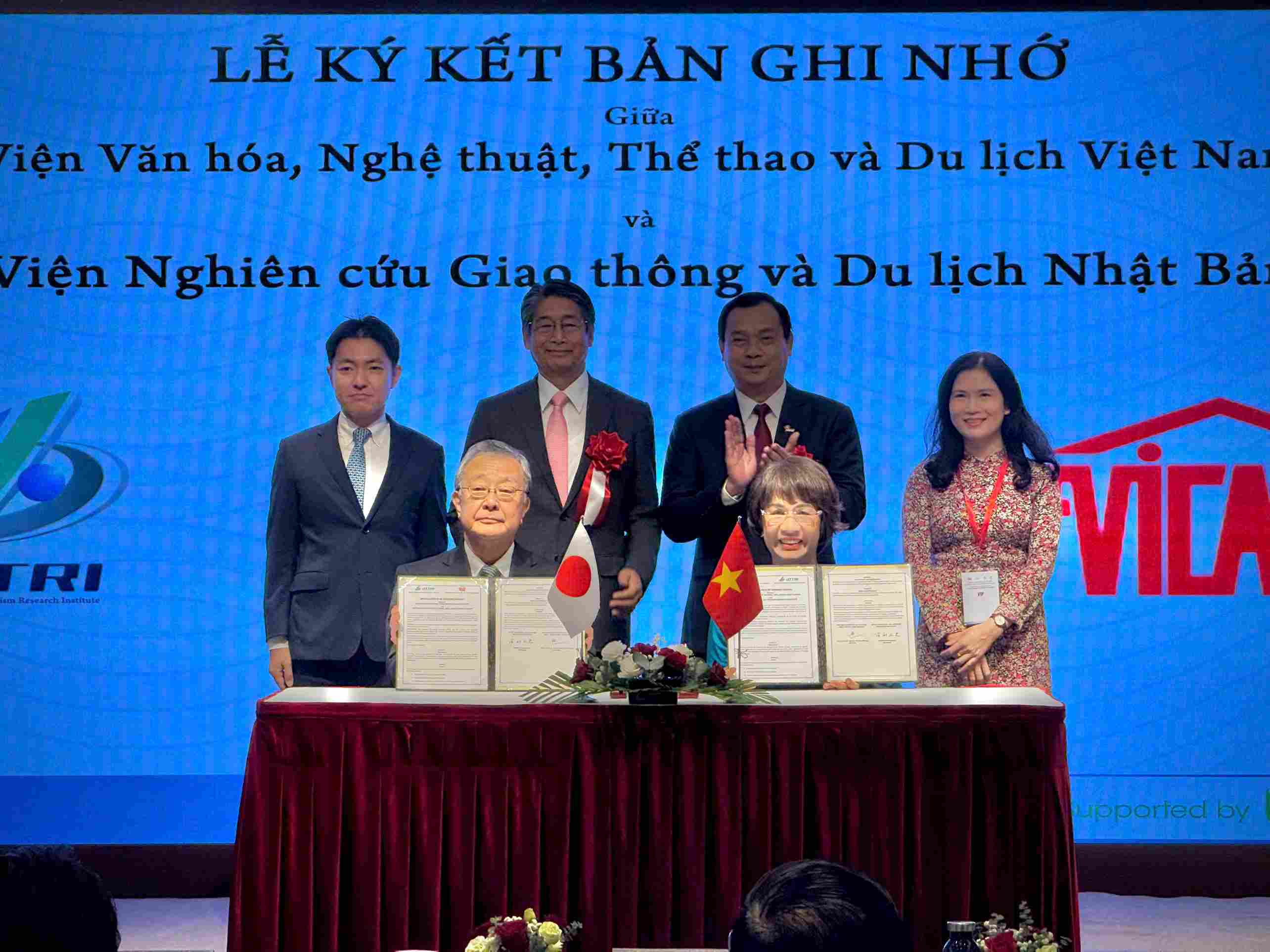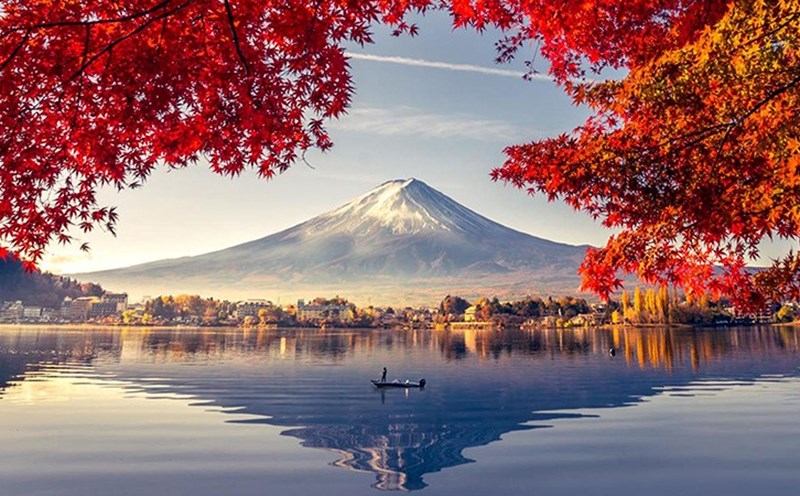The 3rd Vietnam - Japan International Conference recently took place in Hanoi with the theme "Creative Tourism - Sustainable Destination Development". This is an important scientific cooperation program between the Vietnam Institute of Culture, Arts, Sports and Tourism (VICAST) and the Japan Institute for Transport and Tourism Research (JTTRI).

Speaking at the event, Ms. Nguyen Thi Thu Phuong - Director of VICAST said that the event took place in the context of global tourism changing strongly, from sightseeing and consumer tourism to experiential and creative tourism.
The workshop was assessed to have a theme of practical and topical significance, focusing on three pillars in the orientation of developing Vietnam tourism.
The first is to change thinking - from exploiting resources to creating value. Tourism is not only an economic sector based on landscape or heritage, but must become a creative industry, where people, culture and local identity are the center.
Second is to preserve and promote cultural values in a more dynamic and modern way. Heritage, both tangible and intangible, needs to be " awakened" by the language of art, technology and creative communication.
Third is to develop high-value tourism products that are both unique and internationally competitive.

According to the Japan Tourism Promotion Agency in Vietnam, the total number of Vietnamese visitors to Japan is 621,173 people. 2024 is the second consecutive year that the number of Vietnamese tourists traveling to Japan has reached a record high. Vietnam ranked 10th among the markets sending the most tourists to the land of cherry blossoms, ranked 4th in Southeast Asia, after Thailand, the Philippines and Singapore.
In recent years, Japan has always been in the top 10 largest international tourist markets in Vietnam, and Vietnam is also one of the favorite destinations for Japanese tourists in Southeast Asia. Not only stopping at exchanging visitors, tourism cooperation between the two countries has also expanded to the fields of research, training, product development, application of technology and destination promotion - core factors for the sustainable development of the tourism industry in the new era.
Mr. Nguyen Trung Khanh - Director of the Vietnam National Administration of Tourism - commented that Japan is a typical country of unique creative tourism and cultural experience, where technology, art, cuisine and cultural heritage are harmoniously combined to create attractive, experienced and unique tourism products.
Vietnam, with its diverse culture, majestic nature and unique traditional values, has the opportunity to learn, cooperate and innovate with Japan to enhance domestic tourism, while increasing its attractiveness in the international market.
At the same time, Vietnam is also ready to share its experience in exploiting the value of biodiversity, culture and cuisine, as well as green tourism models, agricultural tourism and heritage tourism are developing strongly in many localities.
Vietnam - Japan cooperation in creative tourism is not only an opportunity to learn and develop the economy, but also a cultural bridge, helping the two peoples understand each other better, connect more and create new values together. With the spirit of cooperation, creativity and strategic vision, the tourism industry will create strong strides, bringing Vietnam's creative tourism to a new position on the international tourism map.

At the workshop, Mr. Ito Naoki, Japanese Ambassador to Vietnam, said that the goal of tourism cooperation between Vietnam and Japan is to increase the total number of visitors traveling in both directions to 2 million in the near future. To achieve this goal, the top priority is to expand direct flights between the two countries.
Recently, many new routes, both regular and charter, have been deployed between the two countries, such as Hanoi - Hiroshima, Ho Chi Minh City - Fukuoka, Ho Chi Minh City - Nagoya, Da Nang - Osaka, Hanoi - Fukushima, Ho Chi Minh City - Shimane... have promoted tourist exchanges between the two countries, while encouraging Vietnamese tourists to many other localities in Japan.






